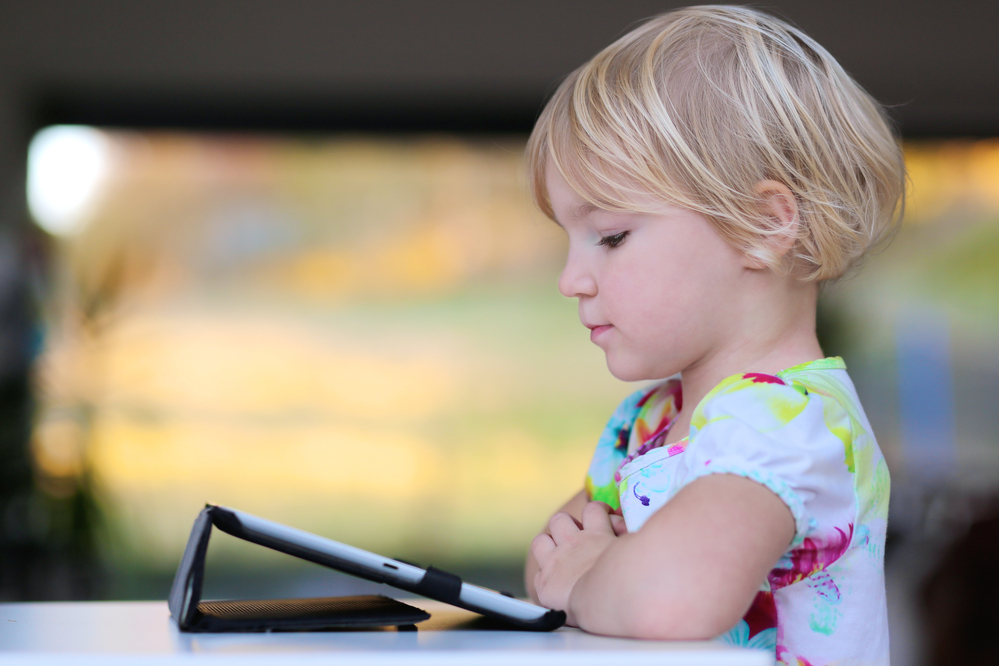By Youthrive Occupational Therapist, Emma McKay
Getting ready to send your little ones to school for the very first time can be an exciting and scary time, but a little bit of forward planning can make this transition a breeze! Being ‘school ready’ means a child has the skills they need for optimal learning.
Is my child school ready?
The decision about whether your child is ready to start school can be a hard one to make. However, if your child has the following skills, it is likely they are ready!
- Reciting the alphabet
- Counting to 5
- Identifying letters in their name
- Drawing basic shapes (circle, triangle, horizontal and vertical lines) and possibly letters in their name
- Independently going to the toilet and dressing themselves
- Opening their lunchbox
- Displaying age appropriate social skills. For example, greeting peers, taking turns, engaging in play
- Showing responsibility for their belongings. For example, making sure that their lunchbox and hat goes back into their bag along with any other clothes taken off during the day.
If your child can’t do all of these things quite yet, don’t stress. This is just a guide, as all children develop at different rates.
Strategies to ease the transition into school
Schools and teachers know all too well that some students may feel nervous, and they typically do a good job at helping their new students feel as comfortable as possible. While this is often a good start, there are some other useful strategies that families can consider to help ease the transition to school.
Here is what you can do now to help your child succeed in their first year and the many years to come!
-
Develop a consistent morning and evening routine in the lead up to the new school year
Put a new routine into place in the weeks leading up to the first day. By establishing a consistent morning routine your children will come to know what to expect before school starts.
Whether you are going out for the day or just spending the day at home, keep practicing the same routine. Wake up at the same time, have breakfast, get dressed, make lunches and pack bags in the same order each day. Where possible, have lunch at the same time that your children typically would when at school.
-
Familiarise your child with their teacher, classroom and school
Parents often report that orientation days are a good opportunity for them and their child to tour the school grounds and classrooms and familiarise them with the school environment before the first day of school. Breaking the ice early and is one of the ways to calm your child’s fears. It’s also a great opportunity for your child to meet peers with whom they will share a classroom so they feel more comfortable on their first day.
Tell your child about the teacher’s role and how they can help everyone who is in the class. Remind your child of classroom etiquette, such as putting up your hand if you want to get the teacher’s attention.
-
Help your children to familiarise themselves with their classmates
Most schools release a class list sometime prior to the commencement of school. From this list identify any friends who may be in the same class as your child. Where possible, schedule play dates before the start of school to help build relationships with peers.
Play dates are also a great opportunity to notice if your child has any problems interacting socially, such as being too bossy or too shy, so you can identify any problems and work with them on solutions.
-
Prepare your child’s belongings
Try on the school uniform and make sure it fits. It’s important for new students to show them what they will look like. More often than not, new students are highly motivated to wear a uniform for the first time.
Prepare your child for the subjects they may be taking throughout the year. Obtain the school supply list and purchase all text books and writing materials prior to the commencement of the school year. Allow your child to choose their contact paper, favourite coloured pens or notebook in order to increase their motivation towards the return of school. Having the right tools will make your child feel more prepared.
-
Reducing ‘back to school anxiety’
The first step in reducing the impact of back to school anxiety is to ensure your child is well prepared. Following some of the tips listed above may help to achieve this. However, if your child’s anxiety persists, then consider using some of these helpful tips.
- Identify what your child is specifically anxious or worried about and invite your child to discuss these concerns with you and/or their teacher.
- Prevent avoidance. The successful completion of activities that caused anxiety in the first place will promote self-confidence and reduces anxious symptoms for your child.
- Be empathetic with your child. Make an effort to try and truly understand your child’s anxiety. Allow them to feel as though they have been heard and that you understand their experience.
- Model non-anxious behaviour. Children often look to their parents for guidance. Display calm and positive behaviours to tell your children that they do not need to feel anxious and that their environment is safe. This can be particularly difficult amongst the rush of getting out the door in time.
- Be patient. Try to be as consistent and patient as possible to reinforce the message to your child that their world is a safe place. Overcoming any form of anxiety can take time.









